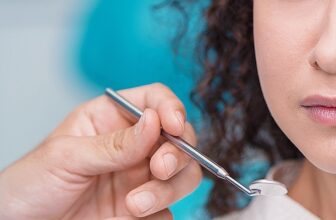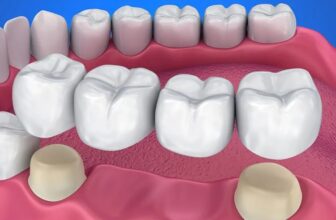
Sports physiotherapy is crucial in helping athletes recover from injuries, improve performance, and prevent future issues. With technological advances and a deeper understanding of human biomechanics, new modalities have emerged that enhance treatment effectiveness. In this blog, we’ll explore some of the most innovative and effective modalities currently shaping the field of sports physiotherapy.
1. Dry Needling
What It Is:
Dry needling involves inserting thin needles into trigger points or tight muscles to relieve pain and improve mobility. It targets myofascial pain and promotes muscle relaxation.
Why It’s Effective:
Dry needling stimulates the nervous system and increases blood flow to the area, promoting healing. Many athletes find significant relief from muscle tension and pain, allowing quicker recovery and improved performance.
2. Shockwave Therapy
What It Is:
Extracorporeal shockwave therapy (ESWT) uses acoustic waves to stimulate healing in injured tissues. It’s commonly used for conditions like tendinitis and plantar fasciitis.
Why It’s Effective:
Shockwave therapy accelerates tissue repair, reduces inflammation, and promotes the regeneration of damaged tissue. Athletes often experience faster recovery times and improved function after treatment.
3. Blood Flow Restriction Training (BFRT)
What It Is:
BFRT involves using a tourniquet or band to restrict blood flow to the limbs during low-intensity exercise. This technique helps promote muscle growth and strength without excessive strain on the body.
Why It’s Effective:
By creating a hypoxic environment, BFRT encourages the body to release growth factors and hormones that enhance muscle hypertrophy and strength. It’s particularly beneficial for athletes recovering from injury who may not be able to engage in high-intensity training.
4. Neuromuscular Electrical Stimulation (NMES)
What It Is:
NMES uses electrical impulses to stimulate muscle contractions. It can be used for rehabilitation, pain relief, and enhancing muscle strength.
Why It’s Effective:
This modality helps in muscle re-education after injury and can prevent muscle atrophy during periods of immobilization. NMES is also useful for improving circulation and reducing swelling in injured areas.
5. Laser Therapy
What It Is:
Low-level laser therapy (LLLT) uses specific wavelengths of light to promote tissue healing and reduce pain and inflammation.
Why It’s Effective:
Laser therapy accelerates healing by increasing cellular metabolism and stimulating collagen production. Following laser treatments, athletes often experience reduced pain and improved recovery times.
6. Virtual Reality (VR) Rehabilitation
What It Is:
VR technology is increasingly being integrated into rehabilitation programs. It creates immersive environments for athletes to engage in movement and rehabilitation exercises.
Why It’s Effective:
VR rehabilitation allows for real-time feedback and can simulate sport-specific movements. This approach enhances motivation and adherence to rehabilitation programs and can significantly improve recovery outcomes.
7. Kinesiology Taping
What It Is:
Kinesiology taping involves applying elastic therapeutic tape to support muscles and joints without restricting movement. It’s used to alleviate pain and improve performance.
Why It’s Effective:
The tape lifts the skin slightly, allowing for better blood flow and lymphatic drainage. Athletes often find relief from pain and improved stability in their joints, enabling them to perform better during training and competition. concerned about your performance or recovery in pune? Don’t hesitate to contact us! At The Physio9 Clinic, the best sports physiotherapist in Pune, we’re here to help you reach your goals!
8. Active Release Technique (ART)
What It Is:
ART is a manual therapy that targets the fascia, muscles, and nerves to treat soft tissue injuries. It involves specific movements combined with pressure to release tension and restore function.
Why It’s Effective:
This technique effectively breaks down scar tissue and improves tissue mobility. Many athletes report significant improvements in flexibility and pain reduction after ART sessions.
9. Regenerative Medicine Techniques
What It Is:
Regenerative medicine includes therapies like platelet-rich plasma (PRP) and stem cell therapy, which use the body’s healing mechanisms to treat injuries.
Why It’s Effective:
These treatments promote healing by concentrating growth factors and stem cells at the injury site, leading to faster recovery and enhanced tissue repair. Athletes often experience significant improvements in function and reduced recovery times.
Conclusion
Innovative modalities in sports physiotherapy are continuously evolving, providing athletes with effective tools for recovery, performance enhancement, and injury prevention. By integrating these advanced techniques into their treatment plans, physiotherapists can tailor care to meet each athlete’s specific needs.
As an athlete, staying informed about these innovative options can empower you to make the best choices for your training and recovery. If you’re dealing with an injury or looking to improve your performance, consider consulting a sports physiotherapist who utilizes these modern modalities for effective treatment. A proactive approach to your physical health can lead to better performance, fewer injuries, and a longer, more fulfilling athletic career.







